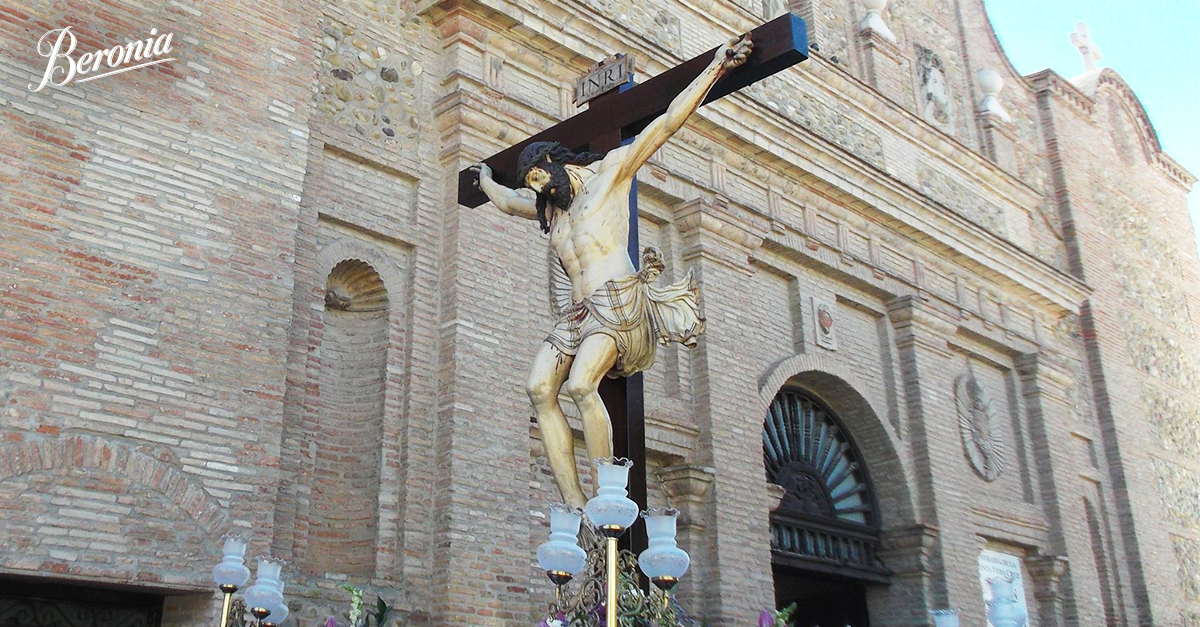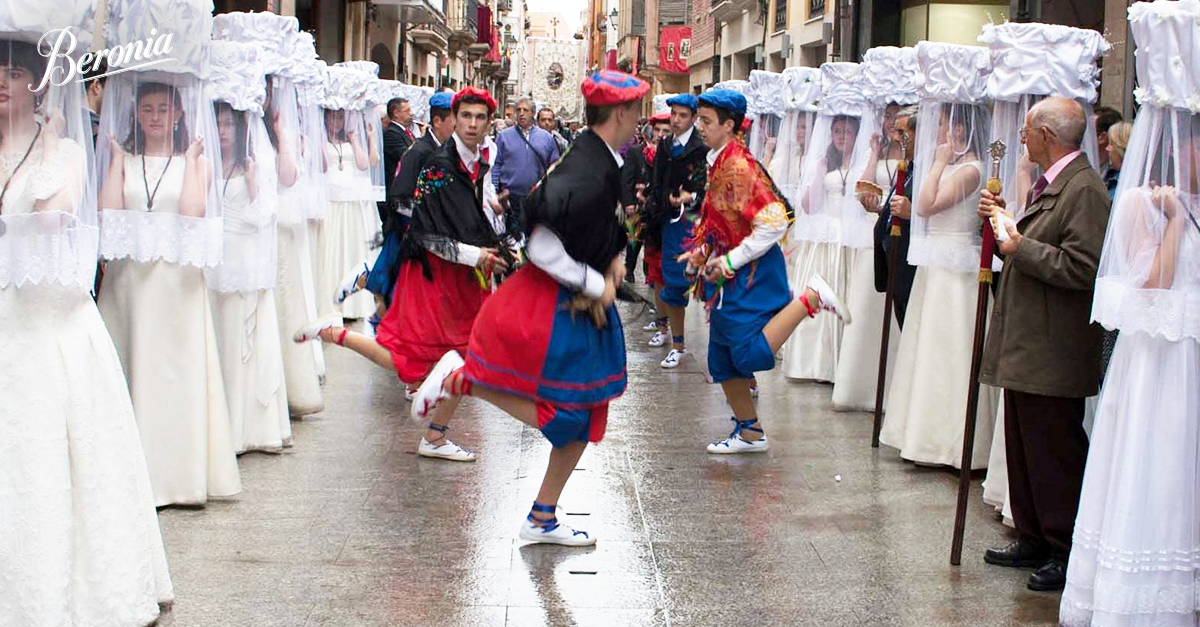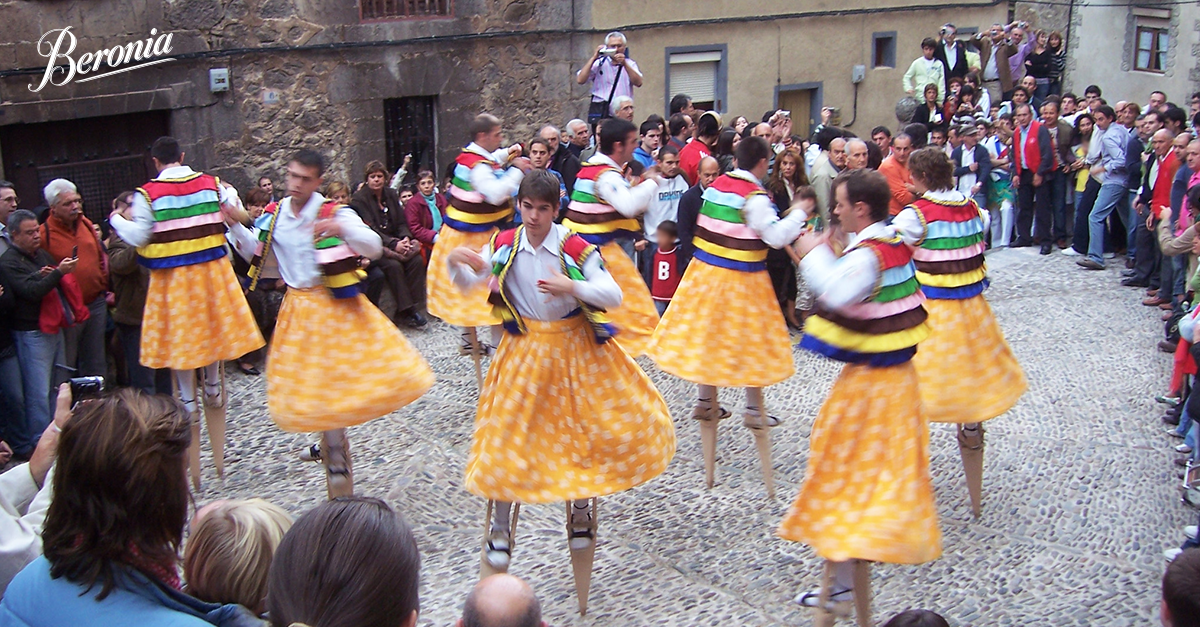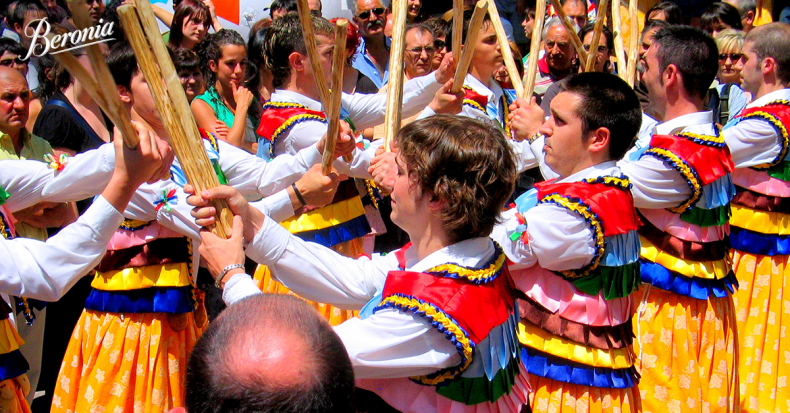Would you like to get to know the customs and traditions of our land and enjoy the charming nooks and crannies, our towns and our people?
Rioja is a land in which there are many kind of festivals. From cultural, religious, gastronomic and, of course, wine.
One of the most traditional festivals is San Mateo in Logroño, also known as the harvest party given its proximity to the date of the harvest of the grape. It has been declared as of National Tourist Interest and dates back to the 12th century, when the city of Logroño gained the status of "Villa" obtaining the right to hold an annual fair, an act that eventually became an important trading venue. In El Espolón, an emblematic square of the city, the main act of the festival takes place. After the treading of the grape, the grape juice is offered to the Virgin of Valvanera, patron of Rioja. One of the most important traditions during the festival are the Chamizos, a small bars which offer Zurracapote to the people of the city for free. This is a red wine based drink with fruit added.
Another typical festival from Rioja is La Batalla Del Vino de Haro which consists of a red wine battle. Romeros dress in white however are garnet red by the end of the battle. Its origin began with the death of San Felices de Bilibio in the 6th century and the inhabitants of the area began to make a pilgrimage to the cave where his remains were. Over time, this became so popular that the council of Haro, in the fifteenth century, officially organized the first pilgrimage to the Riscos of Bilbao. Later, a hermitage was set up there and after a mass in honor of its patron a lunch was celebrated. During these lunches people began to have ‘battles’ with the wine they were drinking. A bloodless and tasty battle that is celebrated every 29th June, St. Peter's Day.
Another popular celebration from the area is La Semana Santa de Calahorra. With spectacular parades it combines the Roman essence with the Christian tradition of Holy Week. All local brotherhoods parade through the small streets of the historic centre of the city, a crossroads of Roman, Muslim and Jewish cultures. The Easter floats holding the religious statues are still carried on one shoulder, keeping the tradition

The celebration of Santo and Las Doncellas of Santo Domingo de la calzada are in honor of Domingo García, considered the precursor of a series of works improving the area including the improvement of the Roman road that crosses the town. The festivals take place every year in May with many traditions such as The Day of the Bagpipe and the Tamboril, the distribution of the Bread of the Saint and the Procession of Bread, among many others.

La Danza de los Zancos is celebrated in the town of Anguiano and consists of eight young people following the image of the Magdalena accompanied by the music of two dulzainas and drums. Later they launch themselves from the hill of the dancers in stilts of 50 centimetres high and wide skirts as they play the castanets until they arrive to the main square of the town, where are the locals will stop their fall.

Medieval day of Briones is celebrated over two days every year in the town of Briones in the month of June. The majority of its people immerse themselves in the fourteenth century and recreate the way of life of that time.



